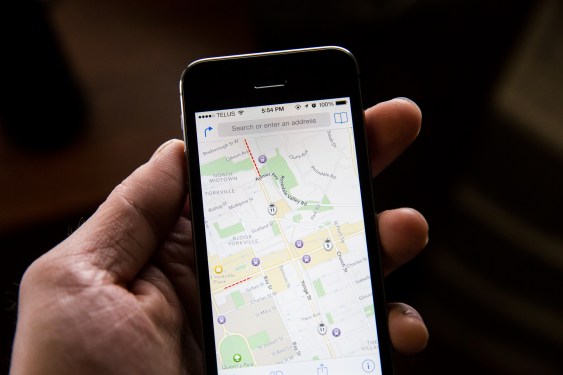Introduction
Apple has recently introduced significant updates to its CoreLocation geopositioning tools within the iOS 8 and 9 operating systems. These enhancements are designed to empower venue owners with the ability to integrate indoor positioning systems into their apps, enhancing user experience and operational efficiency. This article delves into the details of these updates, their functionality, benefits for venue operators, and potential future developments.
How iOS 8 Improves Indoor Positioning
The CoreLocation API in iOS 8 introduces a suite of enhanced features that significantly boost indoor positioning capabilities. Key among these are the integration of the M7 processor and iPhone motion sensors alongside traditional GPS, cellular, and Wi-Fi-based location detection. This multi-sensor approach ensures more accurate and reliable tracking within indoor environments.
Key Features of the New CoreLocation API
-
Sensor Fusion for Enhanced Accuracy
The updated CoreLocation API leverages the M7 processor and motion sensors to augment existing location tracking methods. By fusing data from multiple sources, including GPS, cellular networks, and Wi-Fi, the system achieves higher precision in indoor navigation. -
Adaptive Tracking Mechanisms
The system intelligently switches between sensor types based on signal strength and environment. For instance, it seamlessly transitions to M7 and other sensors once a user enters an indoor venue, optimizing performance where GPS signals are unavailable or unreliable. -
Battery Efficiency
Apple has also focused on reducing battery drain by switching away from GPS tracking when within an indoor venue equipped with IPS capabilities. This adaptive approach ensures sustained performance without compromising power efficiency.
Benefits for Venue Owners
The integration of IPS into iOS 8 and 9 offers several advantages for businesses aiming to enhance user engagement through location-based services:
Enhancing User Experience
Venue owners can now develop apps that provide real-time floor information, point-of-interest guidance, and indoor maps. These features are particularly valuable in high-traffic environments like museums, shopping centers, and entertainment venues.
Example Implementations
-
Museum Visitors
Apps powered by IPS can display current floor numbers, guiding users through tours while also highlighting points of interest within the exhibits. -
Retail Centers
Retailers can use location data to direct customers efficiently, ensuring a seamless shopping experience and improving operational efficiency for staff. -
Airports
Passenger assistance apps can offer real-time updates on terminal locations and boarding procedures, enhancing the travel experience.
How Venue Owners Can Implement IPS in Their Apps
-
Integration with Apple’s iOS Ecosystem
Venue owners can leverage the CoreLocation API to embed IPS into their existing iOS apps seamlessly. Apple’s robust developer tools simplify the integration process, enabling quick deployment of location-based features. -
Leveraging Apple’s Brand Authority
By integrating IPS, venue owners tap into a platform renowned for its reliability and innovation in mobile technology. This association can boost user trust and willingness to adopt the app.
How IPS Fits Into Apple’s Strategy
Complementary to iBeacon Technology
Apple is positioning IPS as both a complement and an alternative to its iBeacon system, which relies on Wi-Fi signals. While iBeacon offers short-range proximity sensing, IPS provides accurate indoor tracking without relying on signal strength, making it ideal for large venues where iBeacon signals may be weak.
Future Development Roadmap
Apple’s decision to integrate IPS into CoreLocation underscores its commitment to enhancing user-centric apps across various industries. Future updates may include advanced analytics and partnerships with third-party developers to further enrich the potential of IPS in location-based services.
Conclusion
The introduction of IPS within Apple’s CoreLocation framework represents a significant leap forward for venue owners looking to enhance their apps’ capabilities through indoor positioning systems. By combining robust sensor fusion, adaptive tracking mechanisms, and seamless integration into iOS applications, Apple is enabling a new generation of user experiences that leverage technology to improve daily operations.
Venue owners are poised to benefit immensely from these advancements, with limitless possibilities for enhancing app functionality and user engagement across diverse industries.




